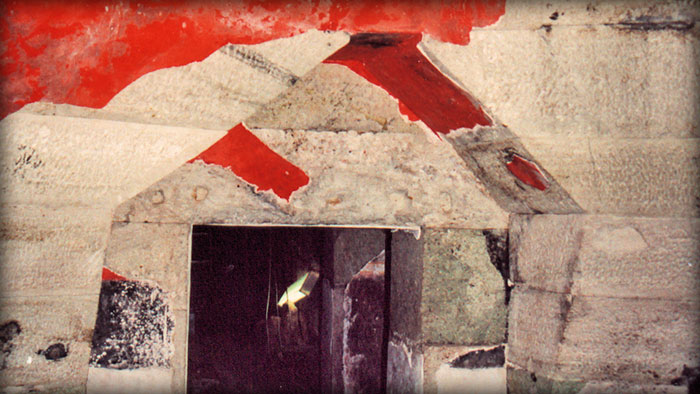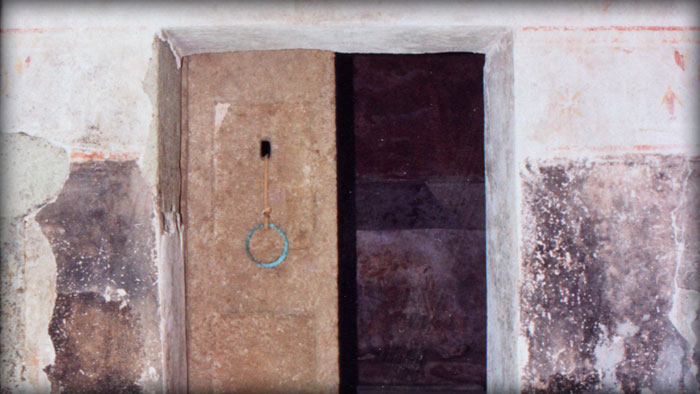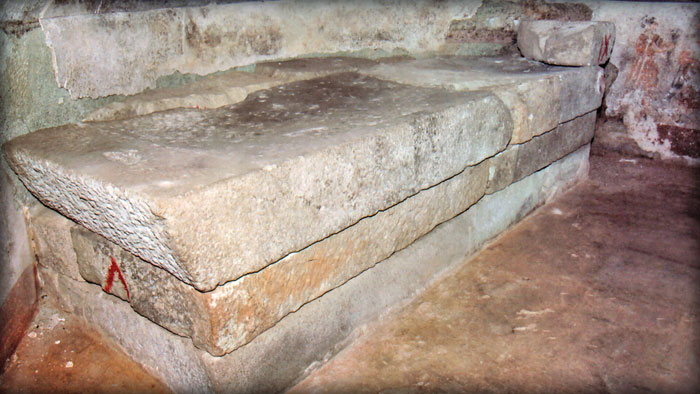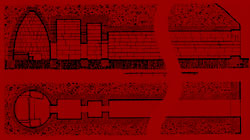The Tomb
The roundabouts and the present urban area of Haskovo have preserved many traces of prehistoric, Thracian, Thracian-Roman, Byzantine and medieval villages. In December 2000, a team of archaeologists under the guidance of Dr. Georgi Kitov (1943-2008), made one of the most significant discoveries in Bulgarian archaeology at the mound "Roshavata Chuka" near the village of Aleksandrovo.
Penetrating deep through a hole earlier made by treasure hunters, archaeologists came across a Thracian tomb dated the IV century B.C. with frescoes incredibly well-preserved. The very first view revealed unique artistic decoration, unparalleled to other facilities of the kind. The architecture of the tomb is also impressive, rivalling in size the best examples of historic monuments across our land. The mound is located near the village and stands out against the background of the area as a beautiful hill. The height of the mound is about 15 meters and its diameter exceeds 70 meters. A 14-meter corridor has its beginning on its eastern periphery, passing alternately through a rectangular and a circular room.
The edifice was used as a heroon (temple-mausoleum). The small height of the corridor and the two entrances make visitors bow to be able to pass underneath, entering a world of rich colours and patterns, floral and geometrical motifs, images of footmen and horsemen, domestic and wild animals. The frescoes are made in an unexpectedly realistic way, standing out with exclusive scientific, artistic and original value and leaving an unmatchable impact.















